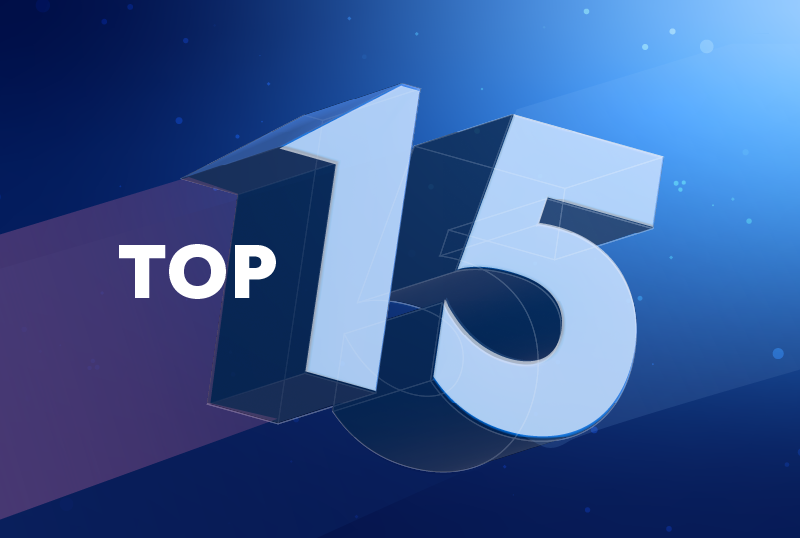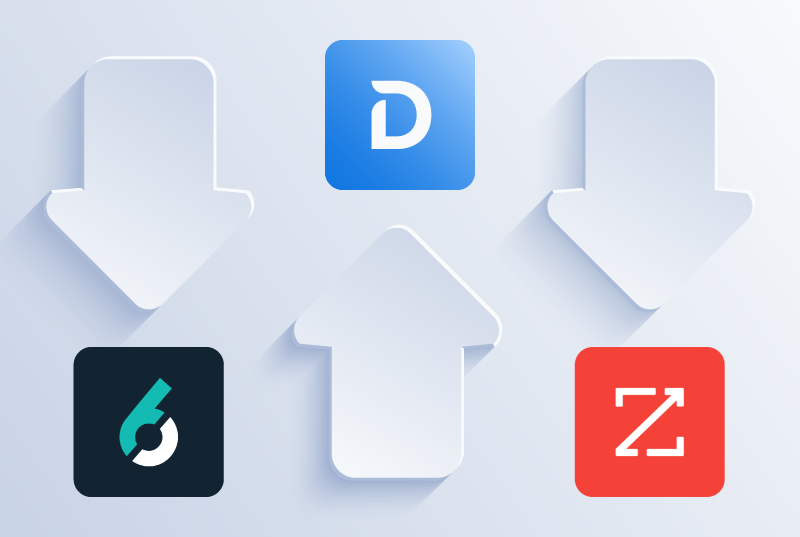How AI Automation Doubled Our SDR Opportunity Creation
Discover how our SDRs achieved 2x more sales opportunities by combining signal-based ABM tools with AI automation, reducing research time and increasing productive sales activities.


Sales development representatives (SDRs) are the engine driving opportunities forward in many organizations. But what sets the high achievers apart? After reviewing extensive Q1 SDR performance data, one answer stands out clearly: SDRs who use signal-based account-based marketing (ABM) tools combined with consistent, high levels of activity are creating significantly more sales-qualified opportunities (SQLs).
This correlation is not just anecdotal, but deeply rooted in the data. SDRs leveraging AI-powered tools to identify intent signals and buyer behaviors, combined with the ability to focus their time on impactful prospecting activities, are redefining what productivity looks like in sales.
Here’s a closer look at why signal-based tools and structured workflows are game-changers and how they can help SDRs turn effort into results.
Signal-Based Tools: Pointing SDRs to High-Value Accounts
Signal-based ABM tools are revolutionizing the way SDRs identify and engage with prospects. These tools analyze intent signals, behavior patterns, and account-level data to provide SDRs with actionable insights.
Think of it as replacing a wild goose chase with a GPS that directs SDRs straight to high-potential accounts and buying group members. Here’s how these tools are making a difference:
- Identifying Accounts That Are “Sales-Ready”: Signal-based tools help SDRs focus on accounts showing strong intent signals, such as web visits, content downloads, or brand searches.
- Mapping Buying Groups: These platforms go beyond single leads and highlight key stakeholders in the decision-making process, giving SDRs a more strategic approach to engagement.
- Providing Engagement Insights: Tools also offer tailored insights into how to effectively engage specific prospects, from email subject lines to messaging templates.
By reducing guesswork, tools like DB1S improve precision, ensuring SDRs invest their time where it matters most.
The Data Speaks:
Our Q1 analysis shows that SDRs using signal-based tools achieve better results. To start the year, we had a newer, ramping team that wasn’t as familiar with using the product. In January, we saw that only 50% of the team were daily active users of signals, and we struggled to create enough opportunities to keep pace with our pipeline targets.
We then got a new SDR Leader, Sean Magee, who prioritized signals, account-based workflows, and SDR accountability to metrics. As the team started getting more ramped, and the expectation was for them to use signals, we saw daily active usage go from 50% to 95-100% week over week. In that same time frame, we saw opportunity creation grow by 2X and return to exceeding pace for the quarter.
Higher Activity Levels Drive Better Results
Another thing that happened in Q1 was Demandbase’s launch of Agentbase and our Account Engagement Agent. This powerful agent made it so that signals were fed to SDRs using AI, eliminating their need to manually view signals on accounts. Feeding the SDRs these insights and cutting down the time it took to research accounts allowed the SDRs to spend more time getting quality activity out the door. The numbers are pretty staggering.
The Correlation Between Activity and Outcomes:
- January: 242 average activities per SDR
- March: 468 average activities per SDR + 2x opportunity creation increase
Consistent activity coupled with a structured plan is essential for success. But it’s not simply about working harder; it’s about working smarter. That’s where AI makes a difference.
The Role of AI in Boosting SDR Activity:
AI-powered tools, such as Account Engagement Agent, aim to streamline repetitive tasks that take time away from selling. By automating research (e.g., compiling company profiles, prospect lists, or recent account news), SDRs can focus their energy on high-value activities like personalized outreach and meaningful follow-ups.
Imagine cutting hours of research time every week. This freed-up bandwidth allows SDRs to hit higher activity levels without getting burned out.
Why the Right Tools Make SDRs More Effective
Combining signal-based tools with AI-driven automation creates a winning recipe for SDR performance. Here’s why this duo works:
- Focus on accounts + buying groups showing the right signals: Signal-based tools ensure SDRs target top accounts most likely to convert, with the people at those accounts showing the right levels of interest
- Time Efficiency: AI tools handle the heavy lifting of research and data collection.
- Focus on Selling: By reducing time wasted on non-sales tasks, SDRs can engage prospects efficiently and thoughtfully.
For sales leaders, this is a clear call to action. Equipping your team with these modern tools doesn’t just make their workflow easier; it directly impacts opportunity creation and revenue growth.
Here’s a practical takeaway from our data:
- Increasing weekly active users from 50% to 100% of SDRs doubled SQL production in Q1, growing at a higher rate than the increase in users.
- SDRs using AI saved time, achieved higher activity benchmarks, and saw increased opportunities by prioritizing high-intent accounts.
Simply put, these tools drive both efficiency and effectiveness.
Practical Insights for Sales Leaders
- Invest in Signal-Based Tools: Platforms like DB1S guide teams to hot leads instead of cold guesses. If you’re not already implementing signal-based ABM tools, it’s time to reconsider.
- Leverage AI to Reduce Non-Sales Tasks: Automation solutions such as Agentbase free up SDRs to focus on opportunity-driving activities by eliminating research-heavy tasks.
- Encourage Consistent Activity Levels: Set achievable daily and weekly activity KPIs for your SDRs, and ensure they have all the necessary tools and support to meet them.
- Train SDRs on Proper Tool Usage: The most powerful tools won’t help if your team isn’t properly trained. Equip your SDRs with the know-how to leverage tools to their full potential.
These steps won’t just improve performance; they’ll transform how SDR teams operate.
Final Thoughts
The modern SDR isn’t just a volume-driven cold caller or a passive researcher. They’re efficient, strategic, and equipped with cutting-edge tools designed to maximize results. The correlation between signal-based tools, AI, and high activity isn’t a fleeting trend; it’s the key to building better opportunities and driving growth.
Sales teams that invest in these technologies and prioritize activity are seeing tremendous results, as highlighted in our Q1 data. SQL numbers are climbing, opportunities are multiplying, and pipelines are growing stronger.
The question is, will you adapt and empower your SDRs with tools to thrive in this new era of sales? The answer, we hope, is clear.
Looking for better productivity tools for your sales team? Discover how solutions like DB1S and Agentbase can transform your results.
Your SDRs could be creating more opportunities in less time, starting tomorrow.




